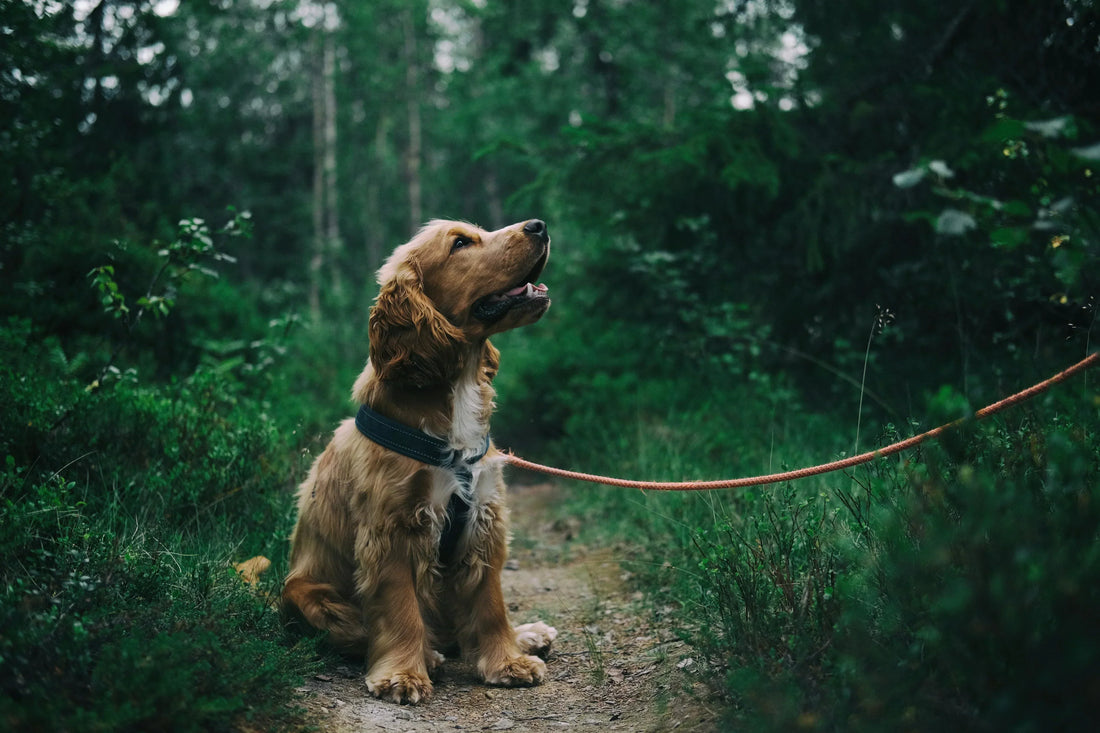Training struggles often start with the wrong foundation. If your dog does not feel safe with you, no command will stick for long. This article shows how choosing the right walking gear sets the stage for connection first, obedience second.
Why Obedience Alone Falls Short
Many people bring home a dog and go straight into teaching “sit,” “stay,” and “heel.” These skills matter, but they cannot replace a sense of safety. A dog that feels anxious, confused, or physically uncomfortable is not in the right mindset to learn. The truth is, obedience without connection is fragile. One distraction, one loud noise, and everything can fall apart.
When you focus on bonding first, training becomes easier and more lasting. A secure dog naturally pays attention, because they trust you have their back.
How Walking Gear Impacts Trust
Walks are one of the biggest bonding opportunities you share with your dog. But the gear you choose can make or break that experience. Here is why:
- Harsh collars: Prong collars, choke chains, and shock collars use discomfort to control. They can shut down pulling but risk teaching your dog that being near you feels unsafe.
- Gentle gear: Harnesses, martingales, and padded collars give you control without fear. They let your dog feel guided, not punished.
Every leash walk is a conversation. If the gear communicates pain, your dog learns avoidance. If it communicates safety, your dog learns trust.
Bond First = Faster Training
Training success comes faster when your dog is connected to you. Here is what that looks like on a walk:
- Check-ins: Your dog glances back to say “We are in this together.”
- Shared rhythm: They speed up, slow down, and pause with you.
- Seeking you out: In new or stressful situations, they look to you for guidance.
- Soft body language: Relaxed posture and loose leash walking show trust.
These are not obedience cues. They are signs of connection. Once that connection is in place, teaching cues like “heel” or “leave it” becomes far easier.

Choosing Gear That Builds Connection
So how do you choose the right tool? Look for walking gear that balances safety, comfort, and communication:
- Front-clip harness: Redirects pulling without choking, ideal for learning leash manners.
- Martingale collar: Prevents slipping out without harsh corrections, great for slender-neck breeds.
- Flat collar: Simple and comfortable, best for dogs who already walk politely.
Gear should never leave your dog bracing for pain. It should leave them open to trust and willing to tune in to you.
Practical Tips for Bond-First Walks
- Start calm. Do not rush out the door. Take a breath together before clipping on the leash.
- Notice check-ins. Reward eye contact and attention with a soft “good” or treat.
- Keep the phone away. Walks are communication time. Stay present with your dog.
- Mix structure with freedom. Allow sniffing breaks between training moments. Balance builds connection.
Bond Before Obedience in Action
Imagine two walks. In the first, a handler uses a prong collar. The dog avoids looking at them, stiffens, and only walks politely because discomfort keeps them in line. In the second, a handler uses a gentle harness. The dog glances back, tail sways loosely, and they pause together when unsure. Which walk do you think sets the stage for obedience training that actually lasts?
Connection is not a side effect of training. It is the foundation of it.
Walking gear is more than a tool. It is part of how your dog learns to feel safe and understood with you. Choose gear that communicates comfort and clarity, and you will discover that obedience flows naturally from trust.
Bond before obedience. Safety and connection always come first. Training will follow.

